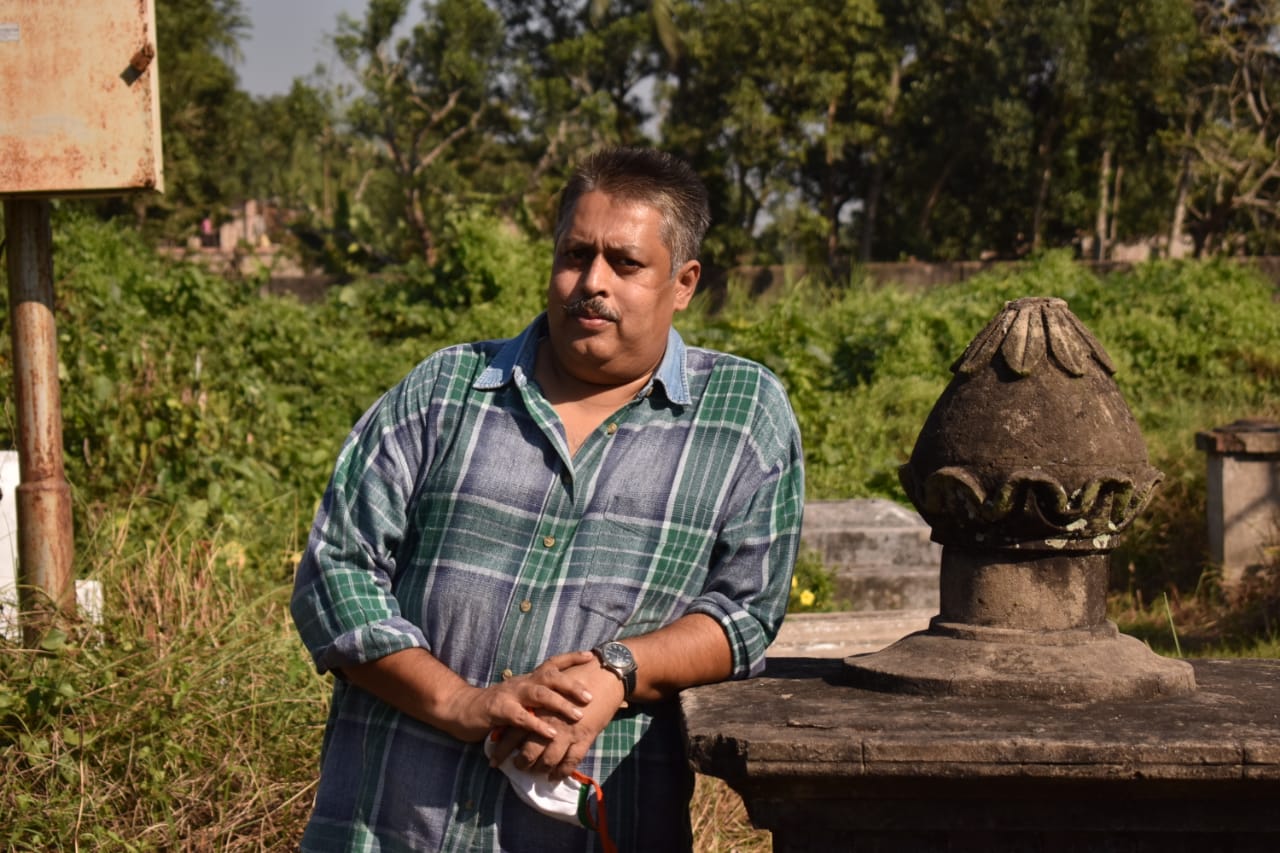Weathering the storm: India grapples with climate change
India suffered an economic loss of $ 4.2 billion in 2022 due to extreme weather events and climatic disasters, most of which were caused by floods, as per the WMO. An analysis by the Centre for Science and Environment shows that India has witnessed an extreme weather disaster almost every day of the first nine months of this year.


